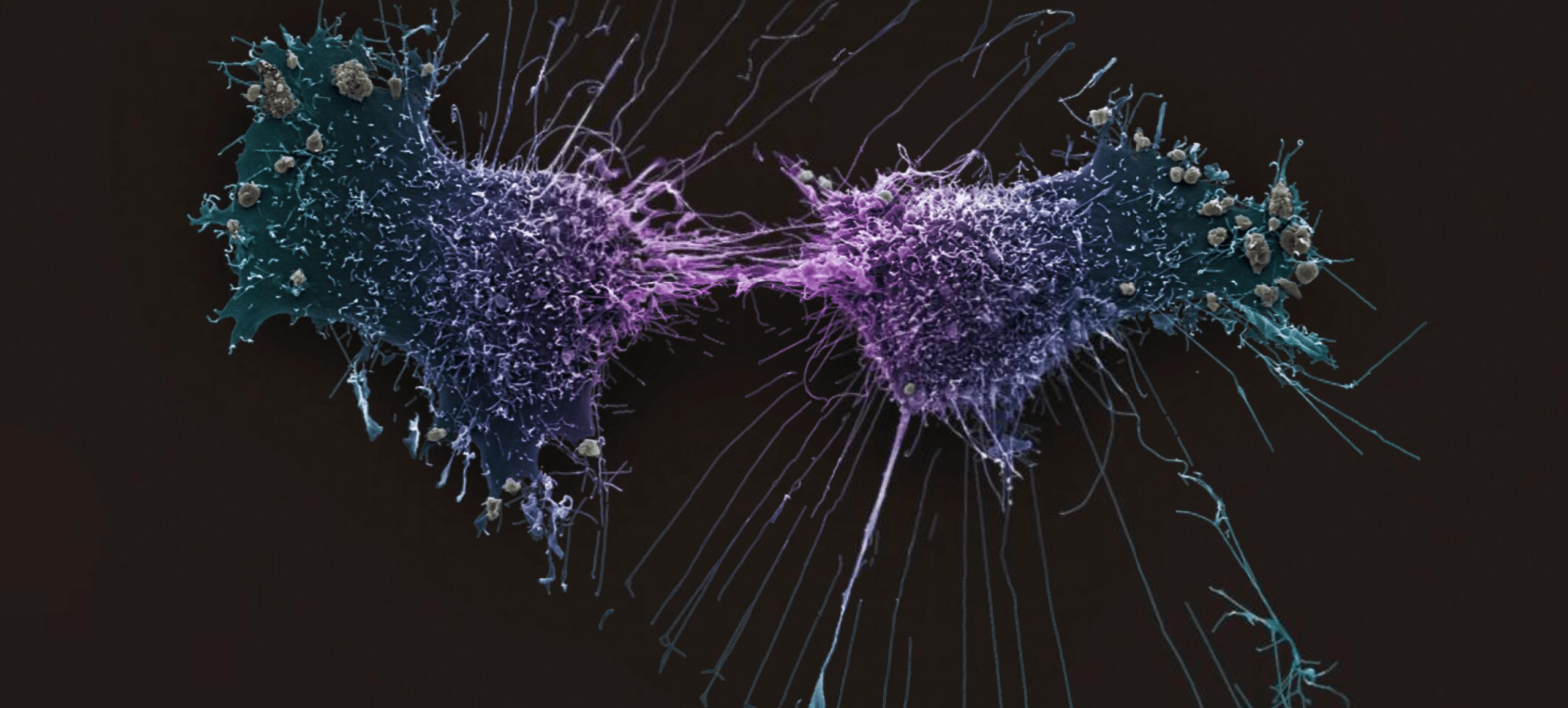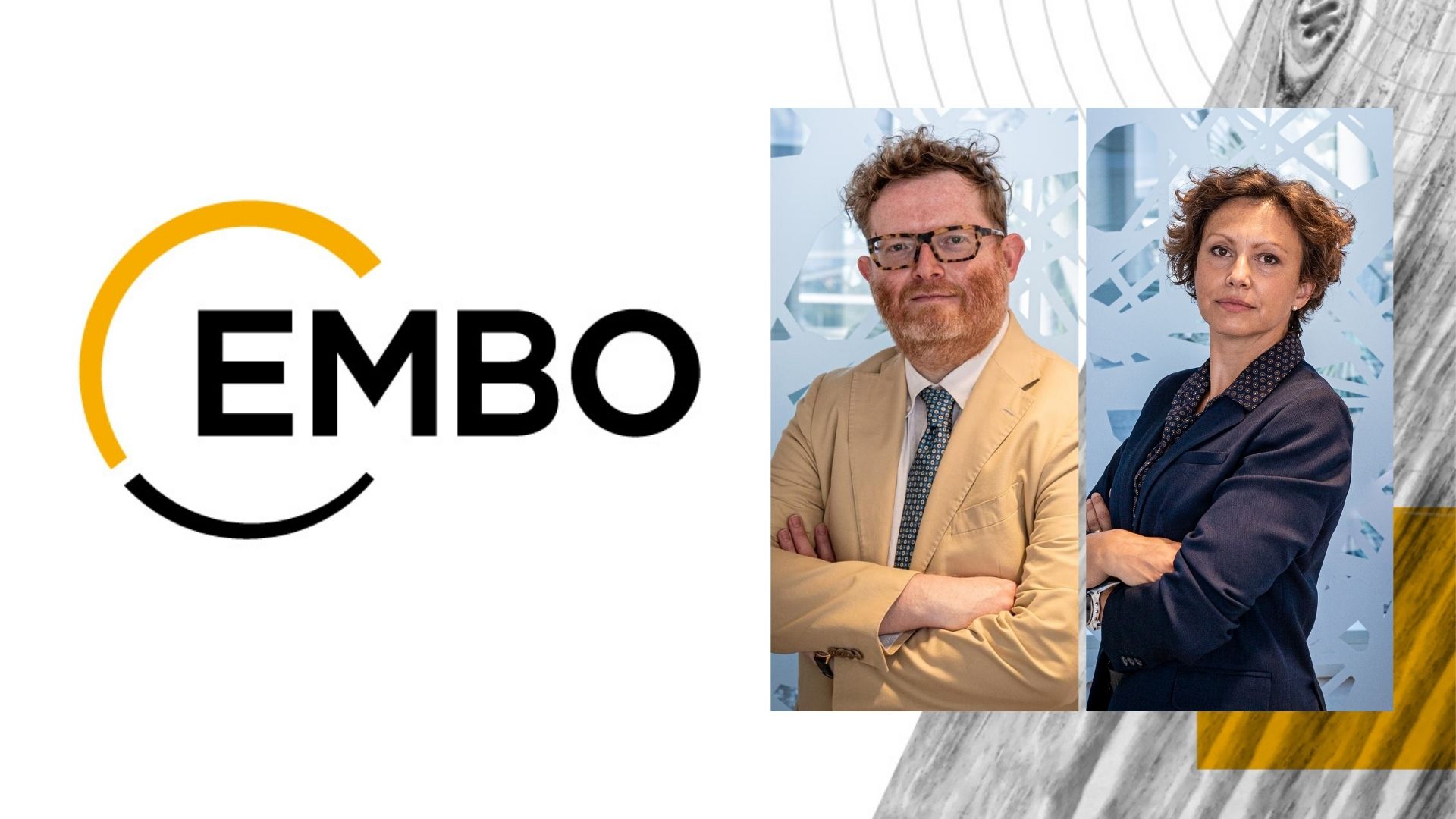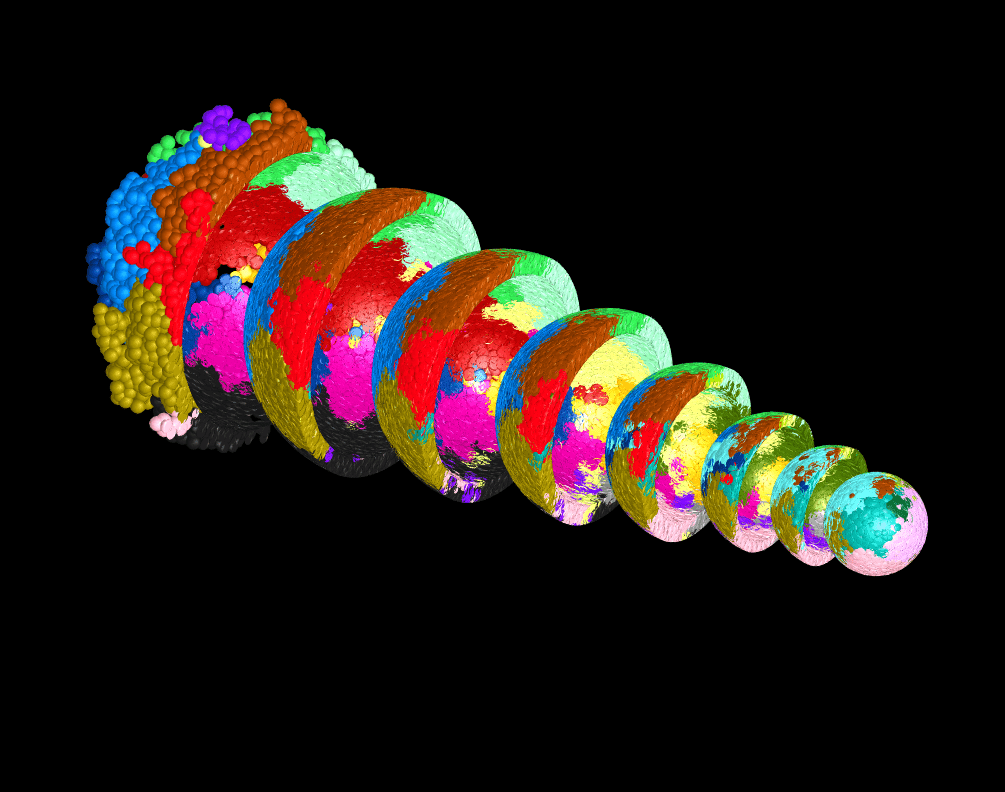Can computers help estimate the quality of cancer cell lines?
In a study funded by Open Targets, Lucia Trastulla and Francesco Iorio discuss the limitations of immortal cancer cell lines (CCLs) to investigate cancer biology in vitro and review the latest computational methods to evaluate the suitability of each CCL as experimental model on a case-by-case basis. Immortal CCLs are widely adopted models to study […]
Forbes 100 includes our Institutional Relations Manager
Forbes Italia selected 100 female professionals who, in 2022, contributed to the growth of the country and added value to key sectors of society with their commitment and leadership skills. Our Institutional Relations Manager, Marica Nobile, is among them. Congratulations Marica! Institutional Relations Manager might not be the first role that comes to mind when […]
Gaia Pigino & Giuseppe Testa Elected Embo Members
Every year EMBO, the European Molecular Biology Organisation, an international organisation for life scientists, selects several outstanding researchers who are given the opportunity to join the community as EMBO members. EMBO membership is a lifelong honour for distinguished scientists who have made important contributions to the life sciences. Two Human Technopole scientists, Gaia Pigino, Associate […]
Human brain evolution in a dish
Understanding the origin of human brain evolution and the underlying molecular mechanisms is made challenging by the complexity of the brain itself and ethical barriers to the use of human samples. The Kalebic team discusses how human forebrain organoids can be exploited to study human brain evolution and neurodevelopmental pathologies. Human brain evolution has been […]
Studying the eukaryotic genome in 3D
Three-dimensional (3D) organisation of the eukaryotic nuclear genome has a crucial role in gene regulation. Magda Bienko and Nicola Crosetto overview emerging and established techniques used to investigate the spatial arrangement of the genome in the nucleus and how it affects gene function in single cells and tissues. Tight packing into chromatin fibers and their […]




